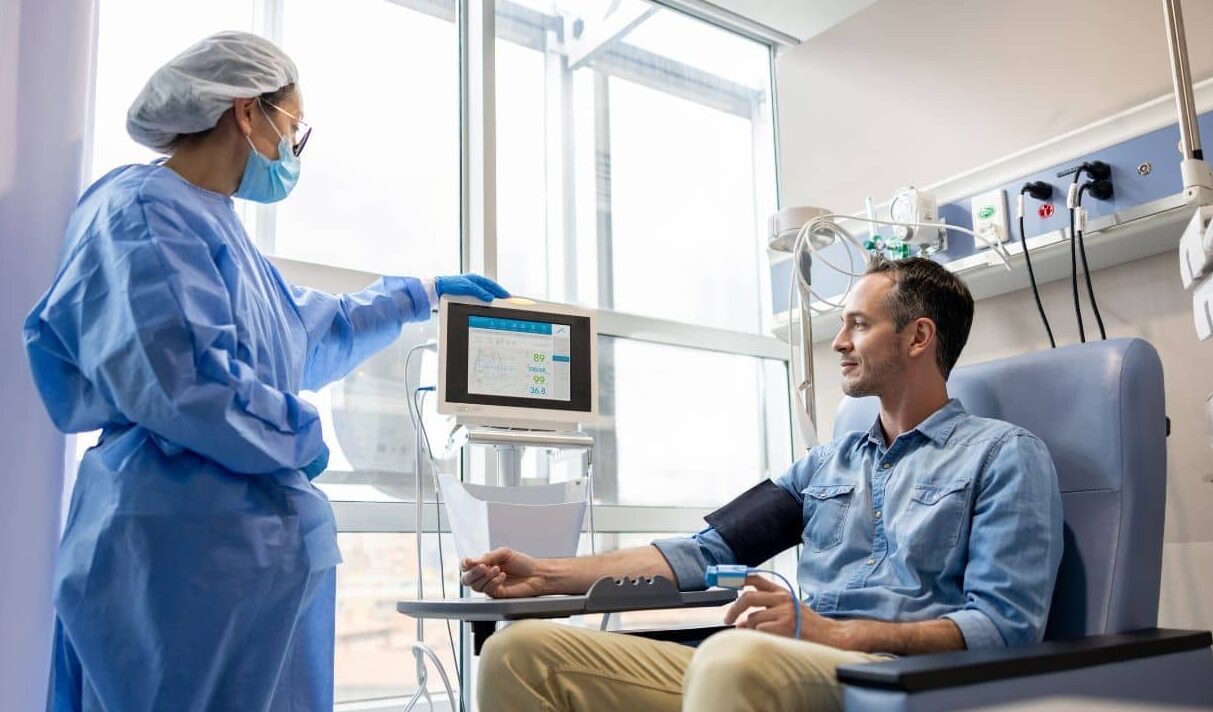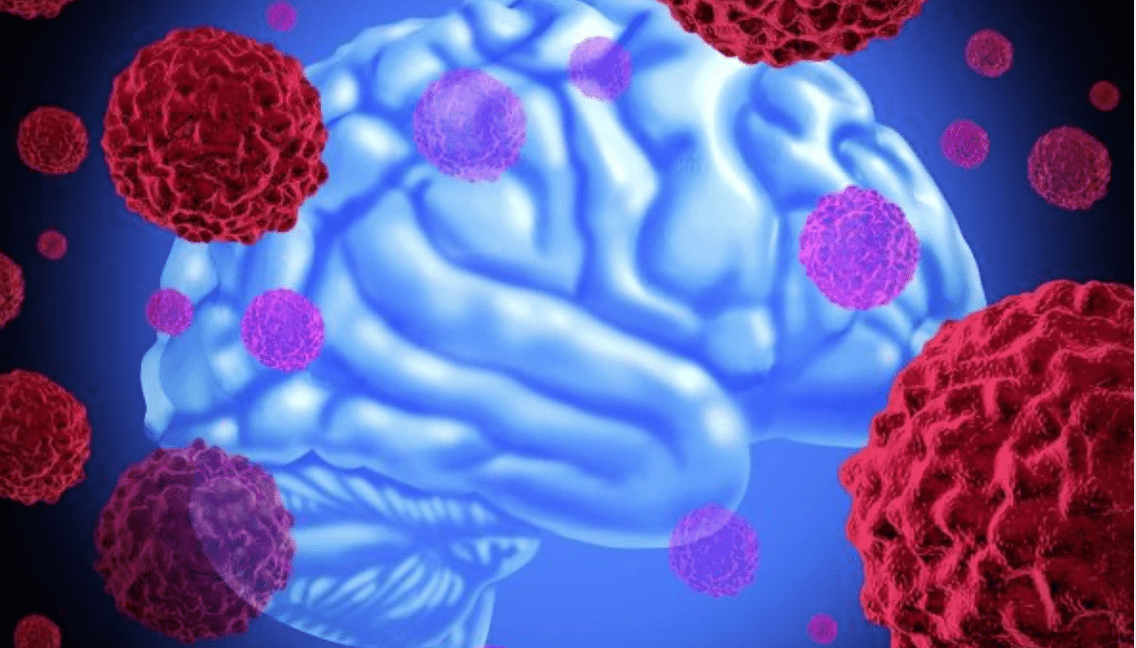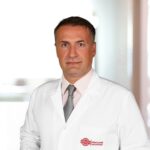-
 News
When glucose levels are low, chemotherapy ceases to affect cancer cells
News
When glucose levels are low, chemotherapy ceases to affect cancer cells
-
 News
Excessive treatment of prostate cancer in older men may reduce quality of life without increasing its duration
News
Excessive treatment of prostate cancer in older men may reduce quality of life without increasing its duration
-
 News
Brain cancer can be cured by viruses
News
Brain cancer can be cured by viruses
-
 News
Ways to reduce lymphatic pain in breast cancer have been found
News
Ways to reduce lymphatic pain in breast cancer have been found
-
 News
Scientists have turned bacteria into a powerful weapon against cancer
News
Scientists have turned bacteria into a powerful weapon against cancer
All news
Myelodysplastic syndrome treatment
Despite the fact that myelodysplastic syndrome (MDS) is a very rare pathology, it’s considered the most common among blood diseases.
- It occurs at any age (more often after 60 years),
- 8 out of 10 patients are over 60 years old,
- In 80-90% the cause is unknown,
- Men get sick more often.
MedTour patients recommend clinics for the treatment of myelodysplastic syndrome:
Doctors for the treatment of myelodysplastic syndrome
Frequently Asked Questions
An immature blood cells — blasts — are synthesized and turn out in the blood.
Blasts cannot perform the functions of mature cells and die quickly. This leads to lesions in the human body.
MDS can occur spontaneously.
In 10-15% of cases, myelodysplastic syndrome occurs as a result of risk factors:
- Genetic disorders,
- Age (> 60 years),
- Smoking,
- Chemotherapy and radiation therapy,
- Suppressed immunity,
- The influence of certain chemicals.
Frequent symptoms:
- Erythrocytes deficiency causes anemia (80% cases): pale skin and mucous membranes, dizziness, headaches, fatigue and irritability,
- Lack of white blood cells leads to persistent infections,
- Lack of platelets leads to bleeding (from the gums or nose), excessive formation of hematomas at the slightest injury, petechiae.
The most common complication — acute myeloid leukemia.
Other complications:
- In 10% of patients, severe bleeding into the retina, gastrointestinal tract,
- Illness of the cardiovascular system due to severe anemia,
- 10-40% of patients have infectious diseases (pneumonia, abscesses, etc.),
Multiple blood transfusions can cause excessive accumulation of iron.
International standards for the diagnosis and treatment of myelodysplastic syndrome
How is myelodysplastic syndrome diagnosed
Stage 1. The specialist prescribes a complete blood count.
This test is necessary to determine the number of erythrocytes, platelets and leukocytes, as well as to assess their structure and properties (size, shape, color, volume).
With MDS, levels of one, two, or all cell types are reduced. In addition, they may be irregular or resized.
Stage 2. Bone marrow aspiration and biopsy
Under anesthesia, a piece of bone marrow is extracted with a syringe, which is examined for the presence of the number of cells with pathological changes.
Stage 3. Chromosome analysis
An experienced doctor will order a chromosome test to learn about the genetic causes of MDS.
The doctor examines the structure of chromosomes, identifies or refutes the presence of genetic abnormalities.
Treatment of myelodysplastic syndrome
The choice of therapy is based on the patient’s clinical risk status. All known patient health information is used to calculate scores in the Revised International Predictive Scoring System for MDS.
There are 5 risk categories: very low, low, intermediate, high and very high.
Various treatment options are available today:
- Waiting tactic,
- Transfusion of blood components,
- Drug treatment,
- Therapy for high-risk patients.
To draw up an individual treatment plan, an experienced doctor of a leading foreign clinic studies the following criteria:
- General health,
- Patient age,
- MDS type,
- The presence of concomitant diseases,
- Clinical risk status according to the IPSS-R system.
Treatment options can be combined with each other and change over the course of the disease.
1. Waiting tactics:
This tactic is best for low-risk patients. It is necessary to visit an experienced doctor regularly to control the disease and be sure that there will be no imperceptible deterioration and sharp progression of MDS.
2. Transfusion of blood components:
The goal — to improve blood counts and oxygen uptake. Today it’s a safe procedure that relieves the signs of anemia.
With regular administration of erythrocytes, an excess of iron may occur. In this case, doctors prescribe medication to remove iron from the body.
3. Drug treatment:
Under certain conditions, MDS can be treated medically with artificial growth factors. They can be administered weekly to stimulate the production of healthy blood cells and platelets.
Valproic acid can be used in low-risk patients. This makes it possible to do without blood transfusion for several months.
Immunomodulation — stimulation of cells to divide and further transform into normal blood cells.
Immunosuppression — neutralization blasts before they enter the bloodstream.
4. Treatment for high-risk patients:
For the treatment of high-risk patients, in addition to the methods listed above, use:
- Demethylating agents — correct defects in the genetic material of the affected cells for their normal functioning,
- Chemotherapy — reduces the number of blasts and thus creates more room for mature cells.
Published:
Updated:


Information on this webpage verified by the medical expert








